There’s a neat little town up in the north of Poland, just outside of Gdansk, which is home to a fairly distinguished monolith of medieval construction. The town is Malbork, home to Malbork Castle, which bears the title of world’s largest brick fortress. It’s a must-see for would-be sword-fighting enthusiasts of all ages, and makes a great day trip from nearby Gdansk, which should be on your Poland visit list as well.

As you’d expect from a military fortification in this highly-contested region of the world, ownership of the castle has changed many times. It dates all the way to the 1200s, when the Teutonic Knights (Germans, not earthquakes), built the fortress to cement their grip on the region, and it eventually found itself in the hands of various Prussian, Polish, and Swedish rulers. Over the years it has been a military fortress, a residential palace, and a storehouse, before finding itself in its current state as a historic monument.
As with all things Polish, World War II was not kind to Malbork. Half the castle was destroyed during the war, and although reconstruction began many decades ago, work remains yet to be done.
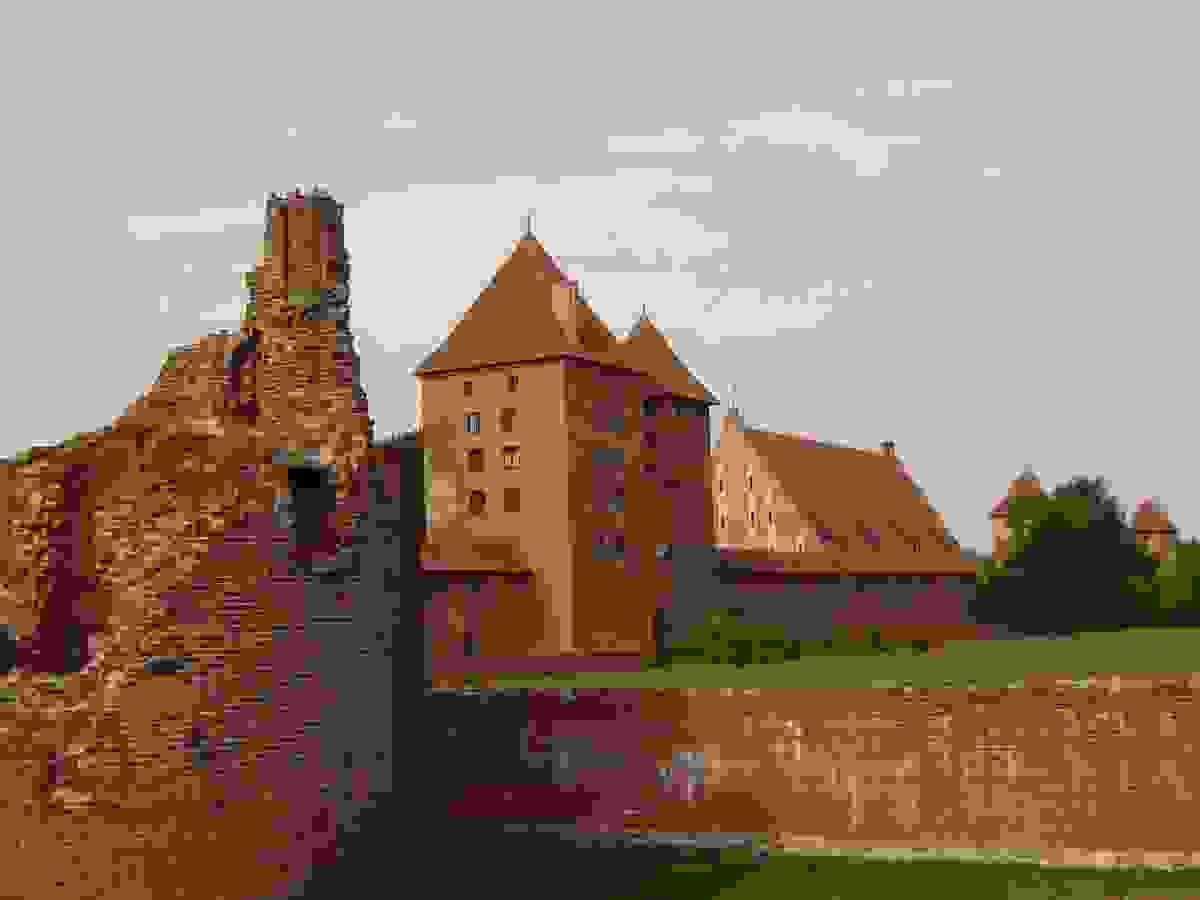
But, as with all things Polish, reconstruction efforts have thoroughly transformed the former ruins, which are now in exquisitely glorious shape. This is a massive complex, about quadruple the size of Windsor, and it has been lovingly restored to its former Gothic grandeur. This could totally be on Game of Thrones.
But it’s also symbolic of the struggle of this region. It’s a castle built by Germanic people, ruled by Polish conquerors, reconquered by Germans, and inhabited yet again by modern Poland.
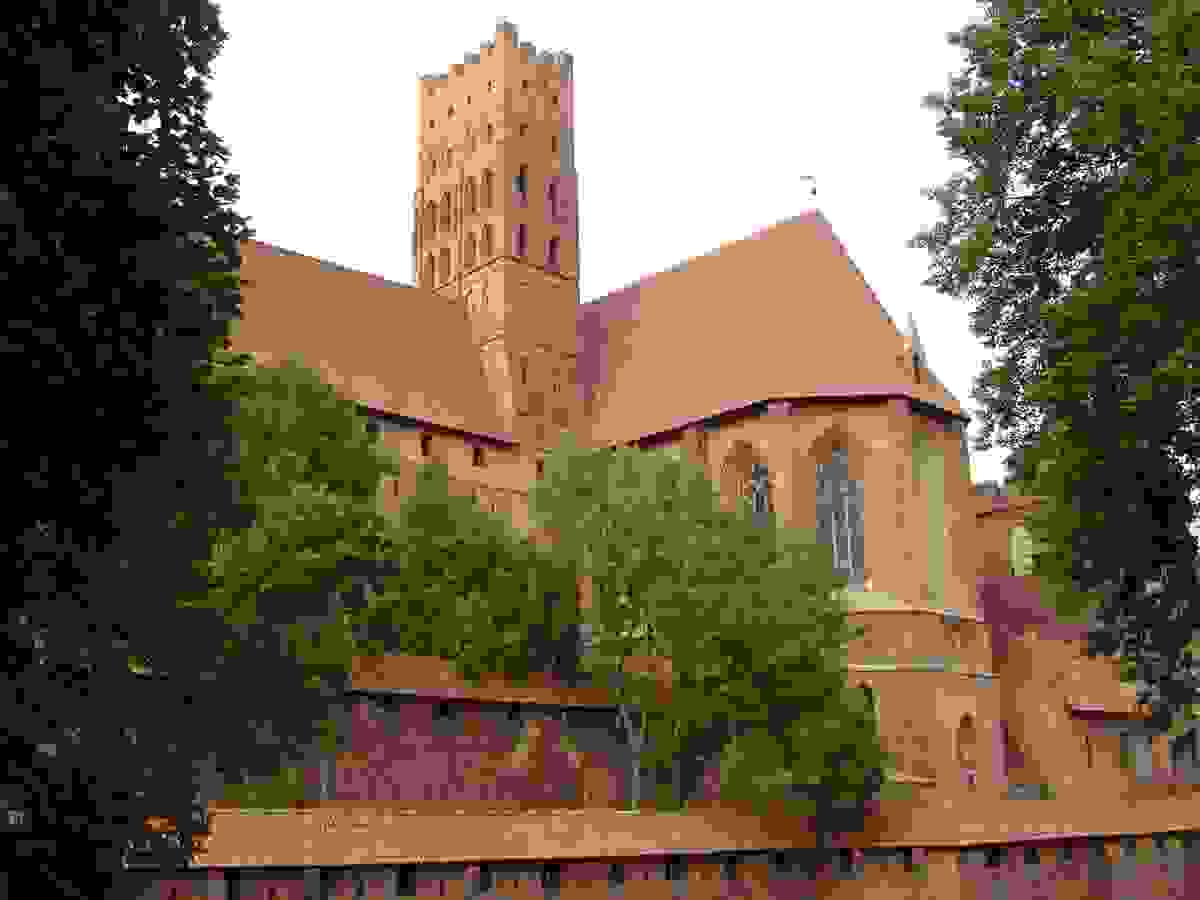
So whose is it? Is it a German castle, ruled by Polish occupants? Or is it a Polish reconstruction of a castle the Germans destroyed anyway? Could it really belong to the Germans if they burned the whole thing down, and Poles rebuilt it halfway from scratch? And is it even appropriate to talk about ownership, when the original Teutonic Order of Knights is long gone anyway?
I find it an interesting point of reflection for an area of the world whose history is littered with massive conflict and endlessly shifting borders. If history had gone just slightly differently, it might still be German. But if things had gone the other way, it may very well have ended up Soviet.
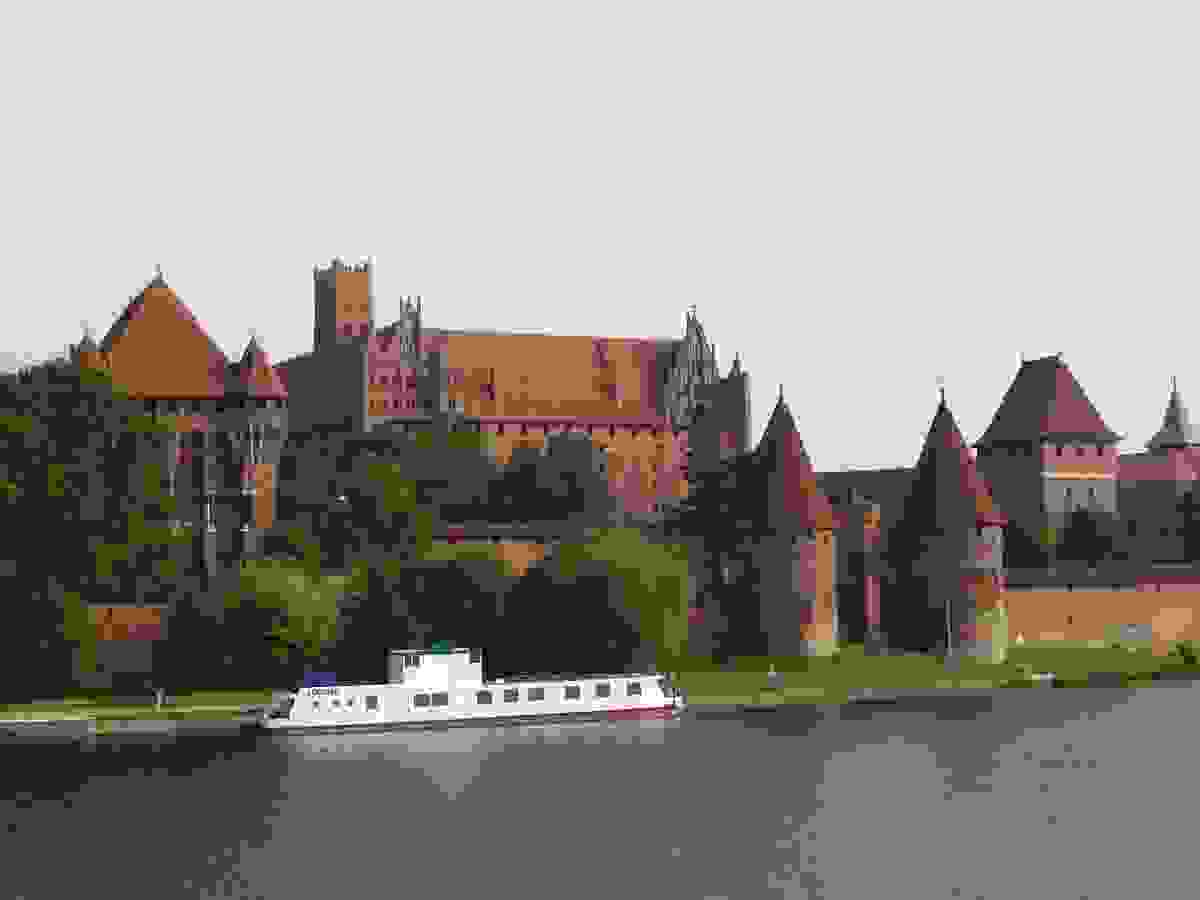
All international borders are mere historical accidents anyway, but few places exemplify this issue more clearly than Poland, which was quite literally moved to the west after World War II. It’s easy to look at the map and assume it’s been that way for a long time, but entire cities had to switch nationalities to get things the way they are today.
And yet, through it all, Malbork remains. For 800 years it has been home to competing powers, who have used this massive castle for all sorts of purposes, through peace and war, over and over.
And in some ways, that’s what reminds me that the world is ours. The world has remained, through empires, kingdoms, duchies, republics, democracies, anarchies, and everything in between. Powers wax and wane, but through it all, the world remains.
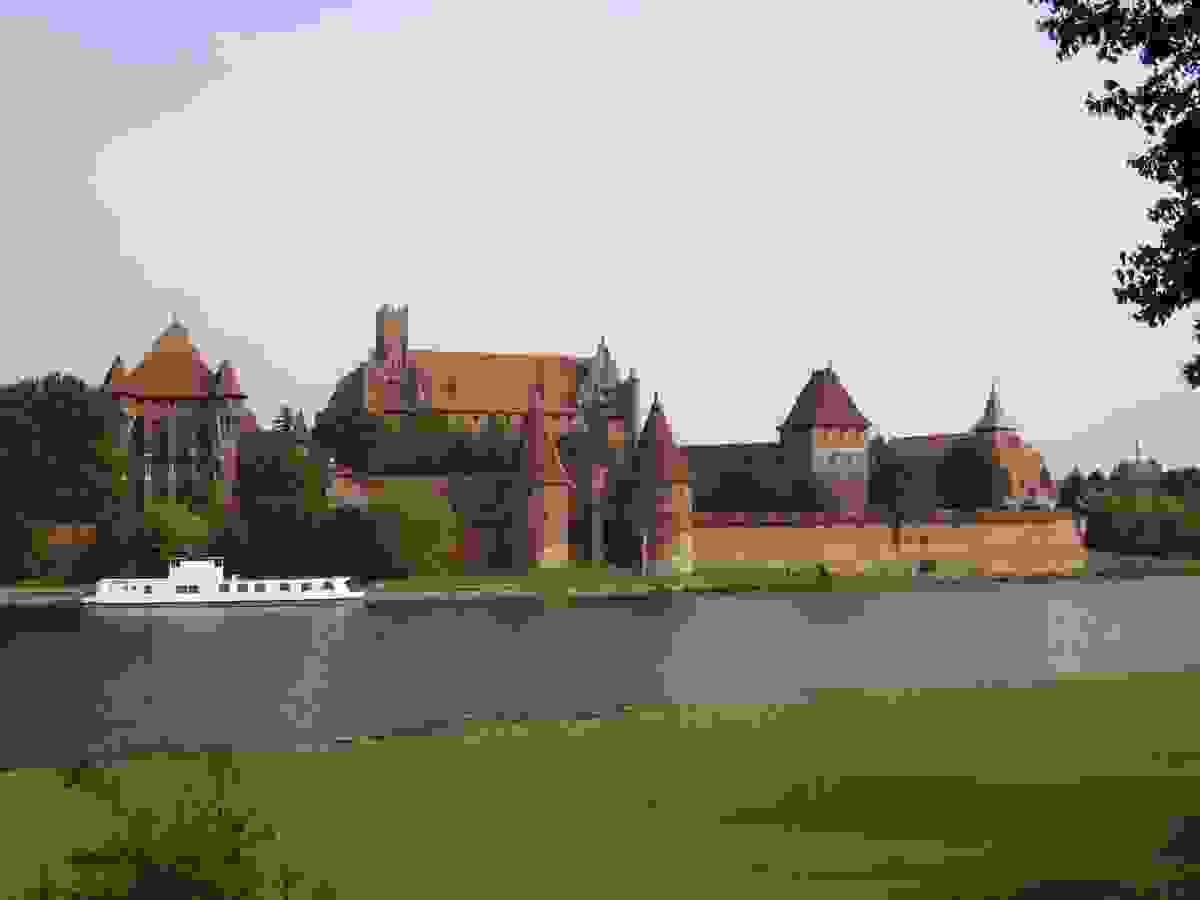
Can it really be said to belong to anyone, when it has already “belonged” to so many?
The world provides no answer. But I think we all know.

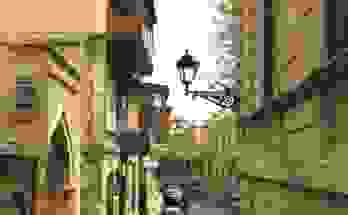
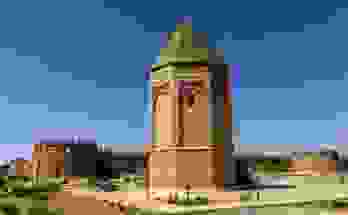
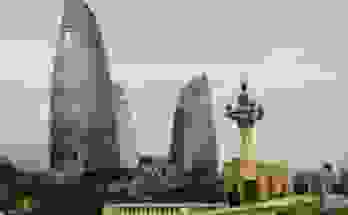
If you’re interested historically the Teutonic Order was invited by polish duke Konrad Mazowiecki (I of Mazovia) in year 1226, as they were crusading knight order they were supposed to fight and convert the pagan Baltic tribes (so called Prussian Crusade), but of course after a while they got ,,briliant” idea of having their own state so voila they have forcefully taken Chełmno land and later more, so there you have it, the beginning of conflict hehehe :):) (well I may oversimplify things but that is what more or less happened :).
Well this also reminds me of time when I read novel The Knights of the Cross/The Teutonic Knights (polish Krzyżacy) by Henryk Sienkiewicz (they also made an old movie) and other Sienkiewicz novels: In Desert and Wilderness, With Fire and Sword, The Deluge, good memories hehe. Or, when talking about old black and white movies, watching comedy Sami swoi and it’s sequels (though I bet some of the humour wouldn’t be understood by foreigners :). Anyway have you been at Mazury, lots of beautiful lakes, many good spots for vacation ;), if you like wilderness try Białowieża National Park, or even closer to my country-side (adn hometown Łomża, try to spell that haha :) Narew National Park/Biebrza National Park.
Those are all new places to me. I did visit Zakopane, and I wanted to go hiking, but I was so exhausted (and I had hiked in the Tatras on the Slovakian side) that I just spent some time in the town relaxing. I’ll try to remember those places for next time.
Well there are many other less known places in Poland. I spent some time at Mazury (Masuria) myself, in Mikołajki (a couple years back) for example, sometimes I went to Ruciane Nida. There is interesting spot in Czermna, near Kudowa Zdrój in the Lower Silesian Voivodship, the Skull Chapel. There is Gniezno one of the most historically significant places and Biskupin the reconstruction of slavic settlement (on the site of archeological excavations) some 92 km south west from Toruń (archeological museum) with right timing one can enjoy archeological festival there :).